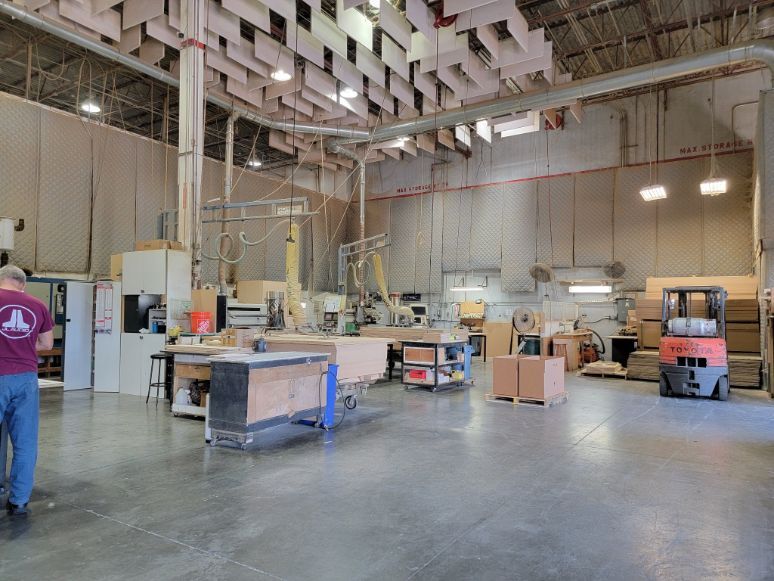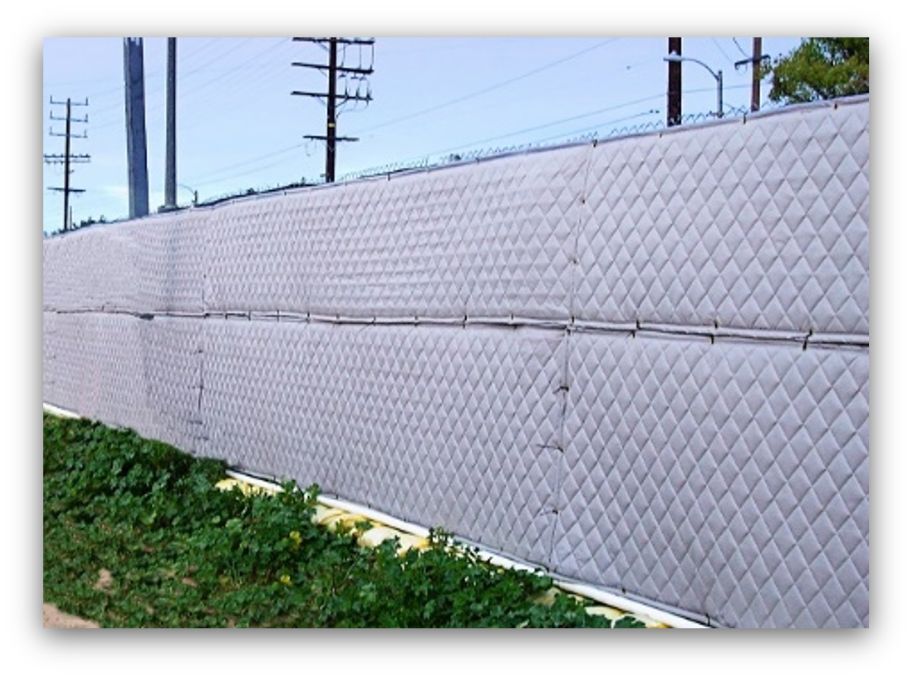Industrial Soundproofing Products
Loud industrial environments aren’t just uncomfortable—they can impact safety, productivity, and communication. Our industrial-grade soundproofing and acoustic products are built to control noise in warehouses, factories, and other high-noise facilities. From acoustic panels and ceiling baffles to machine enclosures and vibration damping materials, we offer durable solutions that stand up to tough conditions. Shop now to create a safer, more efficient work environment.


